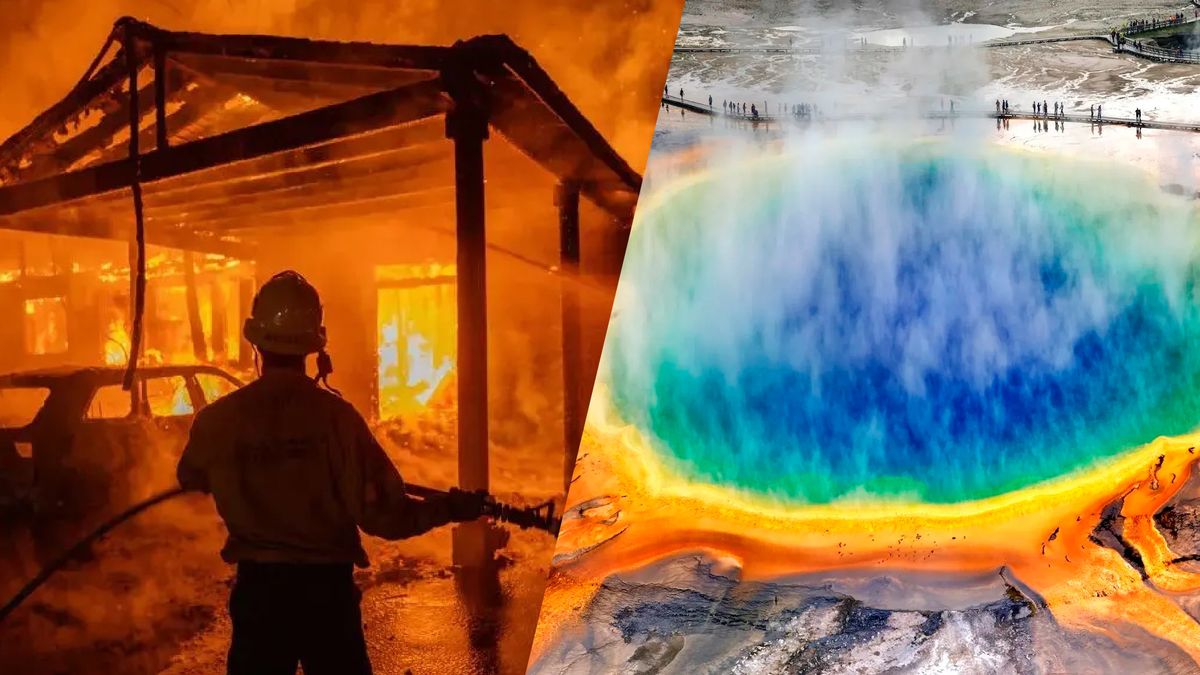Planetary alignments are among the most awe-inspiring phenomena in the sky. They happen when several planets appear to gather closely together in one part of the sky, creating a stunning display visible from Earth. These celestial events not only capture the attention of amateur astronomers but also spark curiosity in anyone with an interest in the cosmos. If you’re excited about catching the next planetary alignment, read on for all the details, including the best time to view it, where to see it, and how to prepare.
What Is a Planetary Alignment?
A planetary alignment occurs when planets from our Solar System appear to line up from the perspective of Earth. While the planets rarely align perfectly in three-dimensional space, they can appear grouped together in one segment of the sky. These events offer skywatchers a unique opportunity to see multiple planets in close proximity, creating a celestial spectacle that’s hard to miss.
Though the alignment might appear to form a straight line in the sky, the planets are rarely aligned perfectly in the vastness of space. Instead, the planets gather on one side of the Sun, creating a striking visual effect for observers on Earth. Some alignments are visible to the naked eye, while others require binoculars or telescopes to see all the planets in the formation.
What to Expect from the 2025 Alignment
In 2025, a special planetary alignment will offer skywatchers the chance to see six planets together. Among these, four will be visible without the aid of a telescope, while two—Uranus and Neptune—will require more powerful equipment. The planets involved in this alignment are Mars, Jupiter, Uranus, Neptune, Venus, and Saturn.


Here’s what you can expect from each planet during the event:
- Mars: This reddish planet will shine brightly in the eastern sky, visible in the constellation Gemini.
- Jupiter: A little higher in the sky, Jupiter will be found in the constellation Taurus. Look for its bright light and surrounding stars like the Pleiades cluster.
- Uranus: This distant planet will be in the constellation Aries and will require binoculars to spot.
- Neptune: Located in the constellation Pisces, Neptune will also be visible only through a telescope or powerful binoculars.
- Venus: Known as the “Evening Star,” Venus will appear in the western sky, shining brightly in the constellation Aquarius.
- Saturn: Saturn, although less bright than Venus, will still be easy to spot in the same region of the sky as Venus.
This alignment promises to be a stunning event for both experienced astronomers and newcomers to stargazing.
When and Where to See the Planetary Alignment
The planetary alignment will be visible across the globe, but the specific date and time of the event will vary depending on your location. Generally, the best time to observe will be in the evening, just after sunset. However, certain regions will experience better conditions than others, and the exact time for optimal viewing will depend on the position of the planets and your geographic location.
Viewing Locations and Dates
If you plan on observing this remarkable event, it’s helpful to know when and where the planets will be most visible. Below is a list of global locations and the dates when the planets will be seen in the smallest sector of the sky during the alignment:
| Location | Viewing Date | Sky Sector |
|---|---|---|
| Abu Dhabi | January 18, 2025 | 169-degree sector |
| Hong Kong | January 18, 2025 | 172-degree sector |
| Tokyo | January 21, 2025 | 157-degree sector |
| New York | January 22, 2025 | 152-degree sector |
| Athens | January 23, 2025 | 155-degree sector |
These regions will experience the most favorable conditions for viewing the planetary alignment. However, if you are not located in one of these cities, don’t worry! The alignment will still be visible from most places, as long as you have a clear view of the horizon and minimal light pollution.
How to See the Planetary Alignment
Watching the planetary alignment is easy, especially with the help of modern tools like the Sky Tonight app. Here are a few tips to help you enjoy the event:
Steps to Viewing the Alignment
- Pick the Right Time: Begin observing at least an hour after sunset. Use the Sky Tonight app to find the exact times for your location.
- Use the Sky Tonight App: This free app will help you identify planets and other celestial objects. Simply point your device at the sky, and the app will show you the names and information of the objects you’re viewing.
- Find a Good Viewing Spot: For the best experience, choose a location away from city lights, ideally with an unobstructed view of the horizon. This will give you a clear view of the planets as they align.
Why Planetary Alignments Are So Fascinating
Planetary alignments are fascinating for several reasons. First, they are rare—planetary configurations that allow us to see multiple planets together in the same section of the sky don’t happen every day. Second, they are visually stunning, especially when several bright planets are visible at the same time. These events offer skywatchers an unparalleled opportunity to witness the beauty of our Solar System from Earth.
Future Planetary Alignments
While January 2025’s alignment is sure to be a memorable event, there are other major planetary alignments in the years ahead. Some alignments will feature even more planets, creating even more spectacular displays in the sky.
- February 28, 2025: An alignment of Saturn, Mercury, Neptune, Venus, Uranus, Jupiter, and Mars.
- August 11, 2025: A large morning alignment featuring Mercury, Venus, Jupiter, Uranus, Neptune, and Saturn.
These upcoming alignments will also offer exciting opportunities for stargazing enthusiasts to witness multiple planets in the night sky.








Leave a Comment